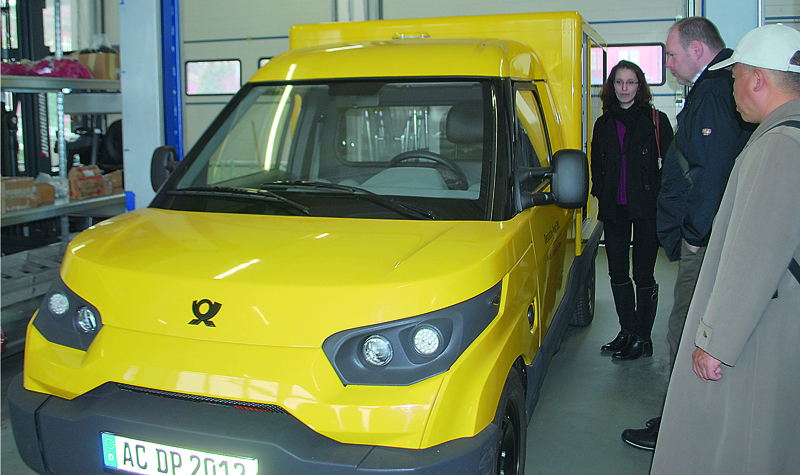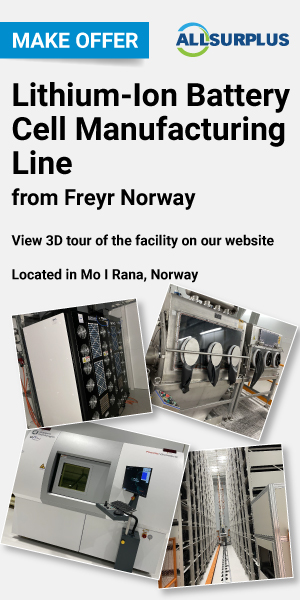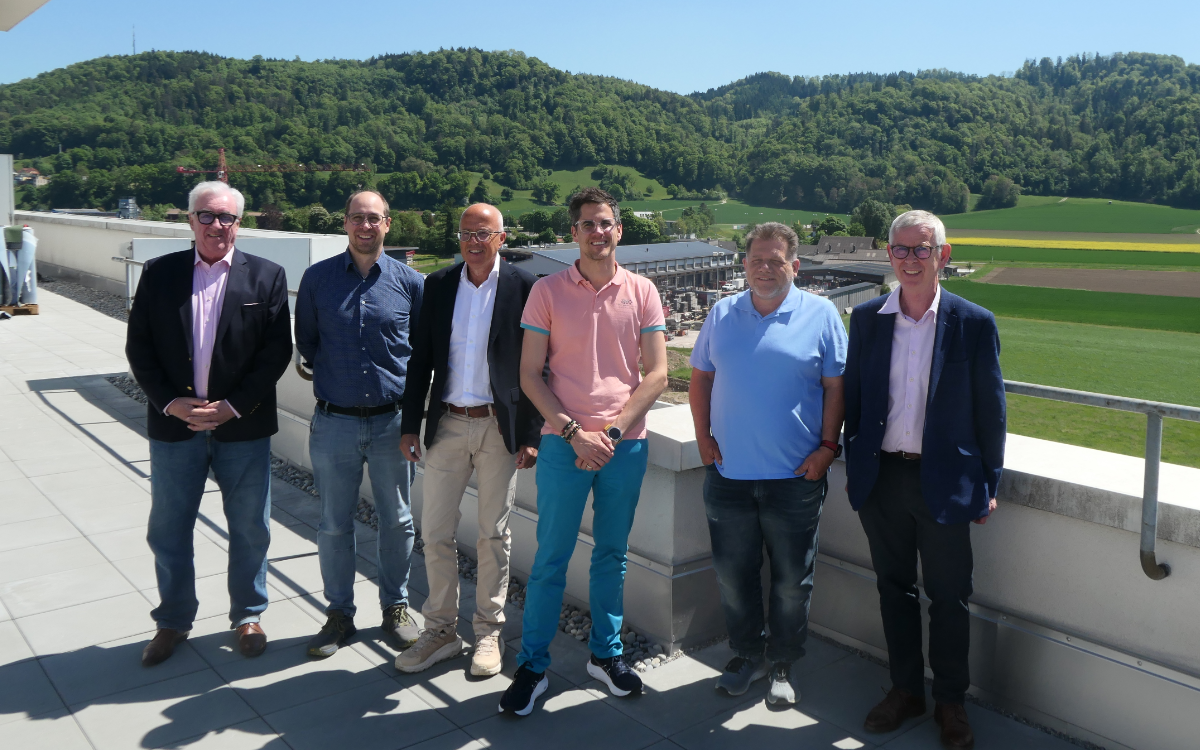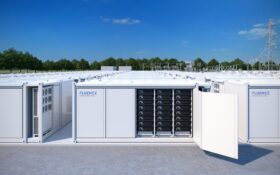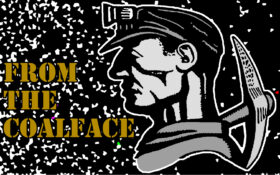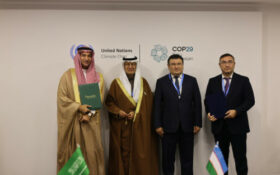Batterietagung was an advertisement to the superior quality of German education philosophy as much its fledgling EV industry, writes the Editor.
If you've ever wondered where some of the billion Euros Angela Merkel has poured into supporting advanced batteries and electric vehicles these past couple of years have gone, you should have been with me in Aachen this February. Merkel may not be the most popular politician in Europe at the moment, waving the finger of austerity and cutbacks at the rest of EU member states.
But my visit to Aachen was proof positive that . . .
to continue reading this article...
Sign up to any Premium subscription to continue reading
To read this article, and get access to all the Premium content on bestmag.co.uk, sign up for a Premium subscription.
view subscription optionsAlready Subscribed? Log In

